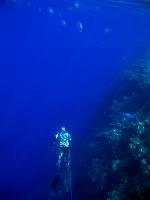The problem of this is that you just cannot run NN evaluations fast enough to keep up. So you require the NN "evaluation" to be able to resolve a lot of tactics in the network. And if it can do that, the obvious question becomes, why not let it guide the search as well, as it would be a lot smarter than existing SF heuristics.Daniel Shawul wrote:I will be very curious to see how the MCTS + NN improve upon its tactical weakness.
I think If stockfish changes approach, it would only be to replace its evaluation with the NN while keeping the same search.
By the way, one question to ask yourself is whether you want to keep the "Zero knowledge" approach of AlphaGo, or take shortcuts.
You can take obvious shortcuts by feeding the training self-play games from Stockfish (though you need a PGN parser, which SF doesn't have) to take a headstart over random play.
You might want to feed a lot of attack and pawn eval planes, instead of just piece positions. You can even provide the SF eval as the network input, so the network only has to calculate things SF doesn't understand.
For Leela, I followed the AGZ "tabula rasa" approach almost directly. Not because I think it is the best (their own paper contains some indications it may not be), but because I did not want to have endless discussions about what "improvements" should be taken. One cannot run the entire distributed effort for every change to the procedure, like one runs changes on Fishtest.
